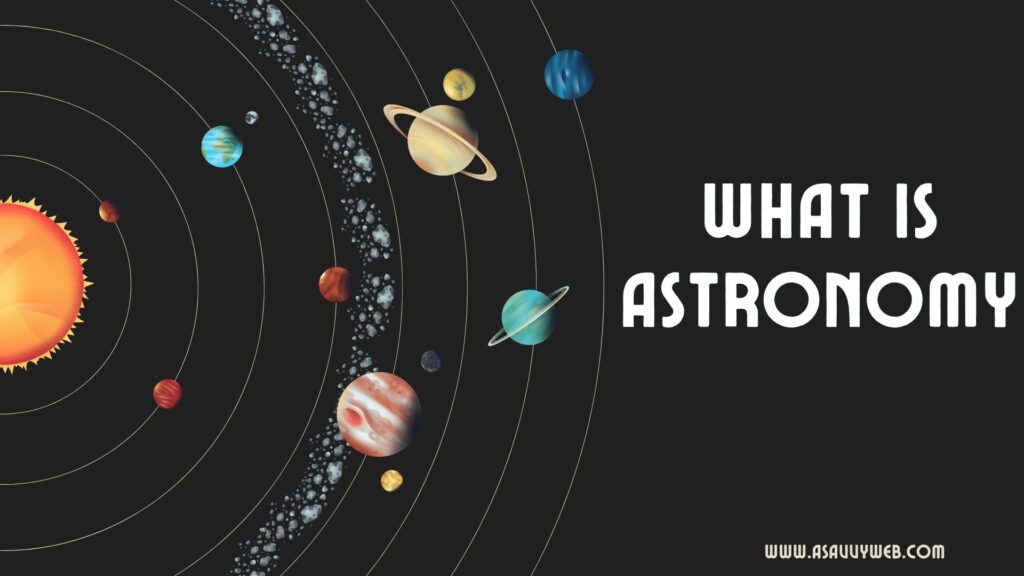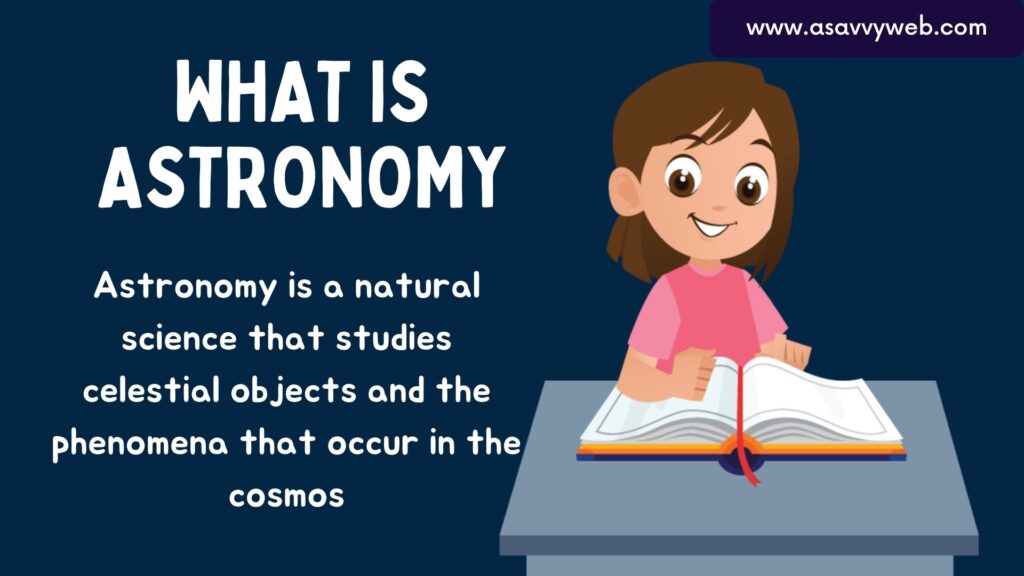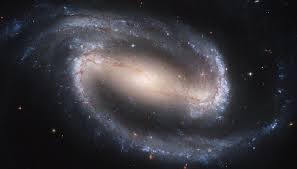The universe is big and the world is small. Astronomy is a fact or occurrence that it was the discipline involved in the arranging of the stars.

What is Astronomy?
Astronomy is an attempt to study and understand celestial occurrences and it’s a part of the never ending a strong desire to discover order in nature. Astrophysics is also used to describe the study of the celestial bodies.

Astronomy is study of universe beyond our earth’s atmosphere, astronomy is the study of celestial objects, cosmos.
Astronomers use both terms quite normally and its not infrequent to find Departments of Astronomy and Astrophysics.
What is the difference between Astronomy and Astrophysics?
Astronomy is the science of measuring the positions and features of heavenly bodies, its a study of universe beyond the earth’s atmosphere.
Astrophysics is the application of physics to recognise (know) astronomy and it is a branch of astronomy.
Also Read:
1) 1st Interstellar Asteroid Oumuamua 2017 U1 Discovered
2) Mercury Planet Information for Kids and Characteristics of Budh Planet
3) Cycles In The Sky : A Naked Eye Observer
4) What Are The Fields Of Science
Visible eye Naked eye or Human eye or Bare eye observations:
Human eye or Naked eye::
Visual Observation of space: In a particular direction lies the Sun
When its a Day
During the day a variety of phenomena may be seen. In a direction of the sun it is so bright it is impossible and very difficult to deal with to look directly at it. In common, the sky background is blue. The Moon may correspondingly be noticeable, having a separate shape though certainly not circular. If the Sun has just set or if dawn is not far away, there is sufficient daylight to see clearly. We call this condition twilight.
On the possibility opposite to the twilight glow, a dark purple band is occasionally seen. This area equals to a zone happening the sky which is cut off from the direct sunlight by the Earth and is getting very little light by sprinkling from the atoms and molecules in the atmosphere.
It matches, in fact, to the shadow of the Earth in the sky. Its presence tells us of the exciting pureness and low humidity of the local atmosphere. Inessential to say, it is very hardly seen in Britain.
To the ancient’s, clouds, wind, rain, volley and additional atmospheric happenings were incorrectly notable from what we term celestial proceedings.
Our evolution includes them in meteorology, a science somewhat individual from astronomy, so that we need not consider them further, except to remark that astronomer’s observations have, until recently, been helpless individually upon good weather conditions presence available.
By the improvement of radio telescopes in addition the point that additional equipment can be positioned in artificial satellites and functioned above the Earth’s atmosphere, this reliance is no longer far-reaching.
When Its a Night:
If seeing conditions are satisfactory, a view of the night sky provides a far wider variety of celestial phenomena. If the Moon is visible, its brightness will overlook that of all other objects. Its shape will be curved or even rounded.
At the last condition, it’s seeming diameter is very close to that of the Sun. To any one with reasonable eye sight, its surface will not be steadily bright. Regions shadowy than their surrounds will be observed, so that the decorative of original man could see a ‘ Man in the Moon’.
In calculation to the Moon, some two to three thousand tiny, blink points of light the stars are seen, reaching in brightness from ones easily visible impartial after sunset to ones just normal when the Moon is beneath the horizon and the sky background is dimmest.
Cautious difference of one bright star with another show that stars have different colors, for instance, in the star pattern of Orion, one of the many patterns, Betelgeuse is a red star in contrast to the blue of Rigel. The specious spreading of stars across the vault of heaven seems random.
With the eyes becoming familiarised to the darkness, a faint band of light, the Milky Way, catches the observer’s attention. Modern astronomers, with the help of telescopes, know that this bright region stretching from horizon to horizon across the sky in a great circle is made up of a countless of stars too shadowy to be resolved with the naked eye. To the ancient viewer, its occurrence encouraged all kinds of theories, none of them provable.
One or two of the tiny points of light may draw a closer analysis. They shine gradually, in contrast to the twinkling of the stars and they are between the brightest of the star like things. There must be some cause why they are unalike. If our viewer is going to lookout for a few hours, attention will be returned to these things.

